Handling high pressure, at pressures greater than 500 pounds per square inch, define this valve’s function. High-pressure solenoid valves are components of industrial equipment that can be operated electrically or pneumatically. The valves are often powered by actuators, typically fastened to the top of these valves. Read More…
Solenoid Solutions manufacturers custom direct-acting 2 and 3-way solenoid valves and multi-valve manifolds for OEMs in the medical, appliance, transportation, power generation and industrial equipment markets.
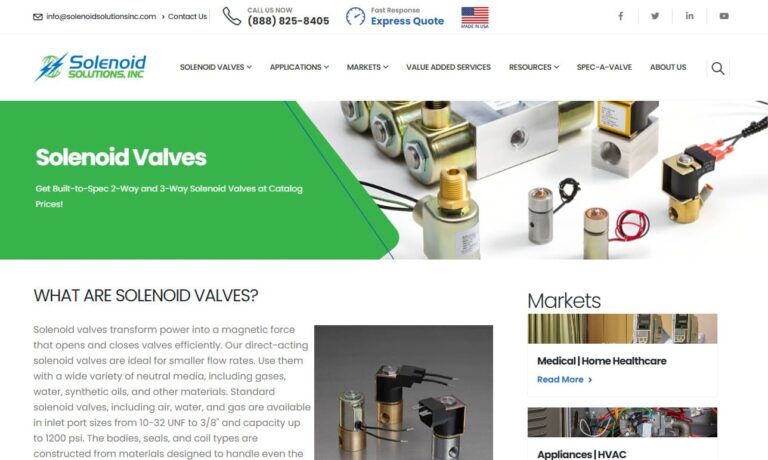
Our solenoid valves are all tested in house following very strict quality guidelines. We opened our doors in 1936 and ever since then we have been committed to bringing top of the line products and customer service that cannot be beat!
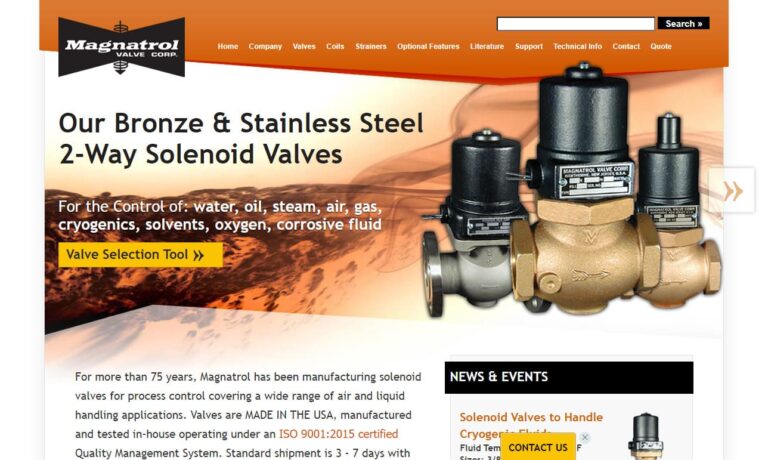
At Electric Solenoid Valves, we specialize in providing comprehensive solutions for solenoid valves, tailored to meet the diverse needs of our valued clientele. With expertise in fluid control systems, we have established ourselves as a trusted leader, known for our unwavering commitment to quality, innovation, and customer satisfaction. Our product offerings encompass a wide range of solenoid...
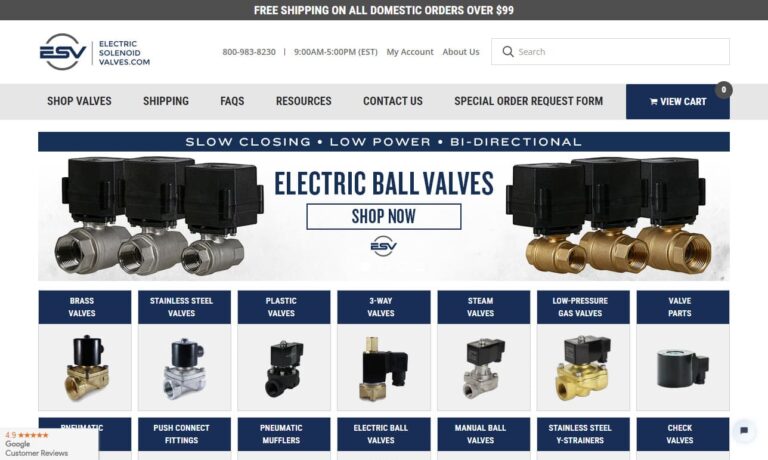
Deltrol Controls manufactures and designs a full line of stock and custom solenoids, electrical relays, dispensing valves, and custom switch assemblies. Customer satisfaction is our number one priority so we employ talented workers and stay up-to-date with the latest technology. Whatever your specific need is, Deltrol Controls has the solution. To receive a quote or more information please...
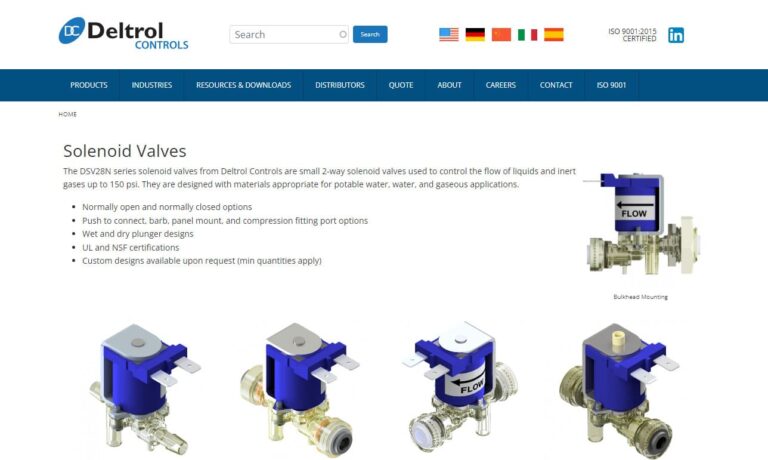
Versa® Products offers a wide range of pneumatic control valves, air valves and solenoid design. We have maintained our commitment to quality products and services since our company was established in 1949. We are a solenoid valve manufacturer, offering solenoids in brass and stainless steel.
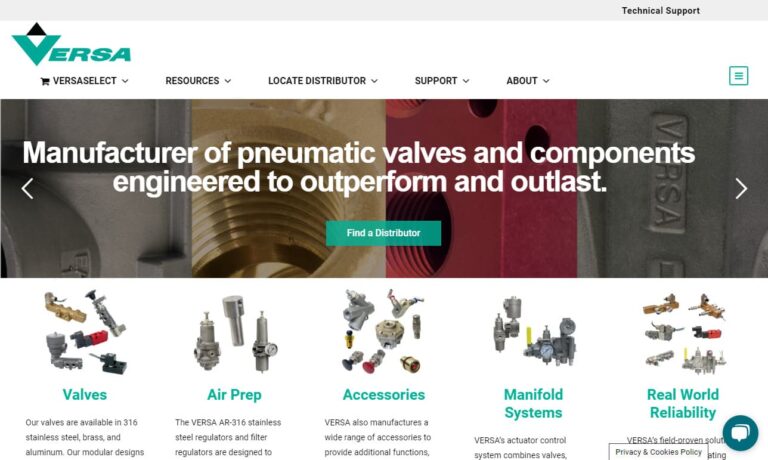
More High Pressure Solenoid Valve Manufacturers
Examples of high-pressure solenoid valves include recirculation valves, dump valves, suction controllers, and back pressure valves. In the oil and gas sector, high-pressure valves are employed for various applications including high-pressure testing, isolation shutoff, and with high-pressure instrumentation panels. Maritime, mining, industrial, and automotive production industries also use high-pressure solenoid valves.
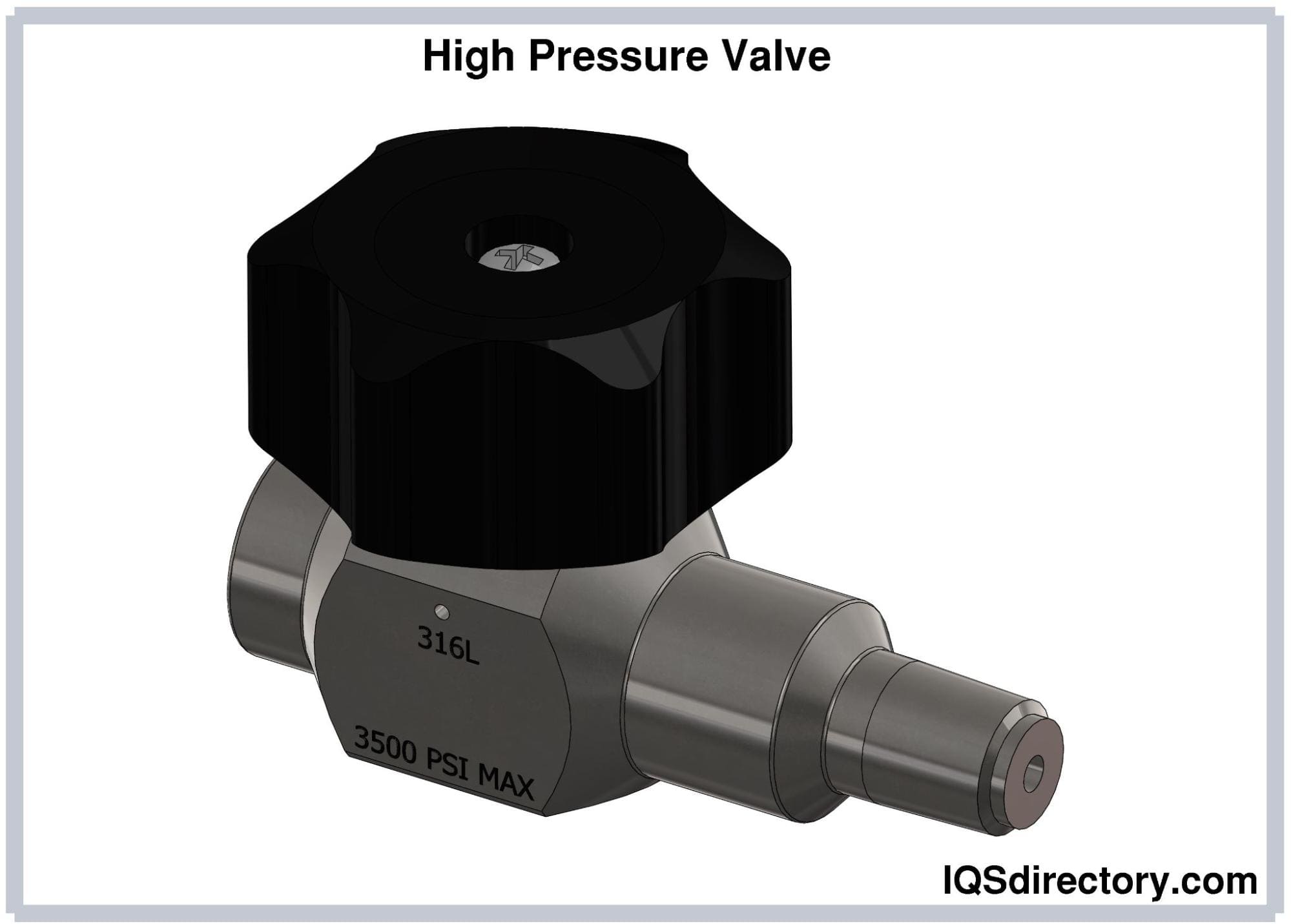
How a High-Pressure Solenoid Valve Works
High-pressure solenoid valves work by lowering the pressure of a fluid or gas through a variable flow region inside the valve that permits a constant pressure drop across the valve. The spring-loaded, heat-resistant diaphragm of the high-pressure solenoid valve is normally attached to a mechanism that controls the valve's flow opening. The incoming fluid pressure interacts against the diaphragm's force to achieve force equilibrium.
A normally closed (NC) or a normally open (NO) valve may be used in high-pressure solenoid valves. In an NC valve, a plunging pin or rod that stops the flow of air or fluid is held in place by a solenoid coil when it is not powered; the pressure of the air or fluid that enters the valve aids in keeping the valve closed as long as the pin is obstructing the passage. A normally open valve, meanwhile, has its plunger down to allow a fluid to flow when it is not powered.
Features of a High-Pressure Solenoid Valve
Depending on the design and material they are constructed from, most high-pressure solenoid valves may withstand operating temperatures up to 450°F. Manufacturers also provide optional valves for operating temperatures ranging from -423 °F to 1200 °F. Valve designs with non-rotating stems prevent stem-to-seat galling. Manufacturers may provide a Vee stem with an on/off function or a regulating stem to regulate the flow.
High-pressure valves include a metal-to-metal seat for a bubble-tight shutoff and extended stem and seat life. Different valve body designs are available from suppliers, and the two-way angle body pattern also has an optional replaceable seat.
Fitting a High-Pressure Solenoid Valve
Because high temperatures and pressures are typical in these applications, high-pressure components use a coned-and-threaded connection. High-pressure valves are offered in a range of tubing sizes and body styles to accommodate a wide range of applications. In addition, a line of fittings is provided to make it easier to convert to taper seal, medium-pressure, or other high-pressure threaded pipe systems.
Types of High-Pressure Solenoid Valves
Solenoid Pilot Valves With Cartridge Insert System
This is a novel alternative to traditional ball-seated type valves. These valves are essentially empty chambers that begin to function after a cartridge is inserted into them. These systems make replacement easier and lower the price of repairs.
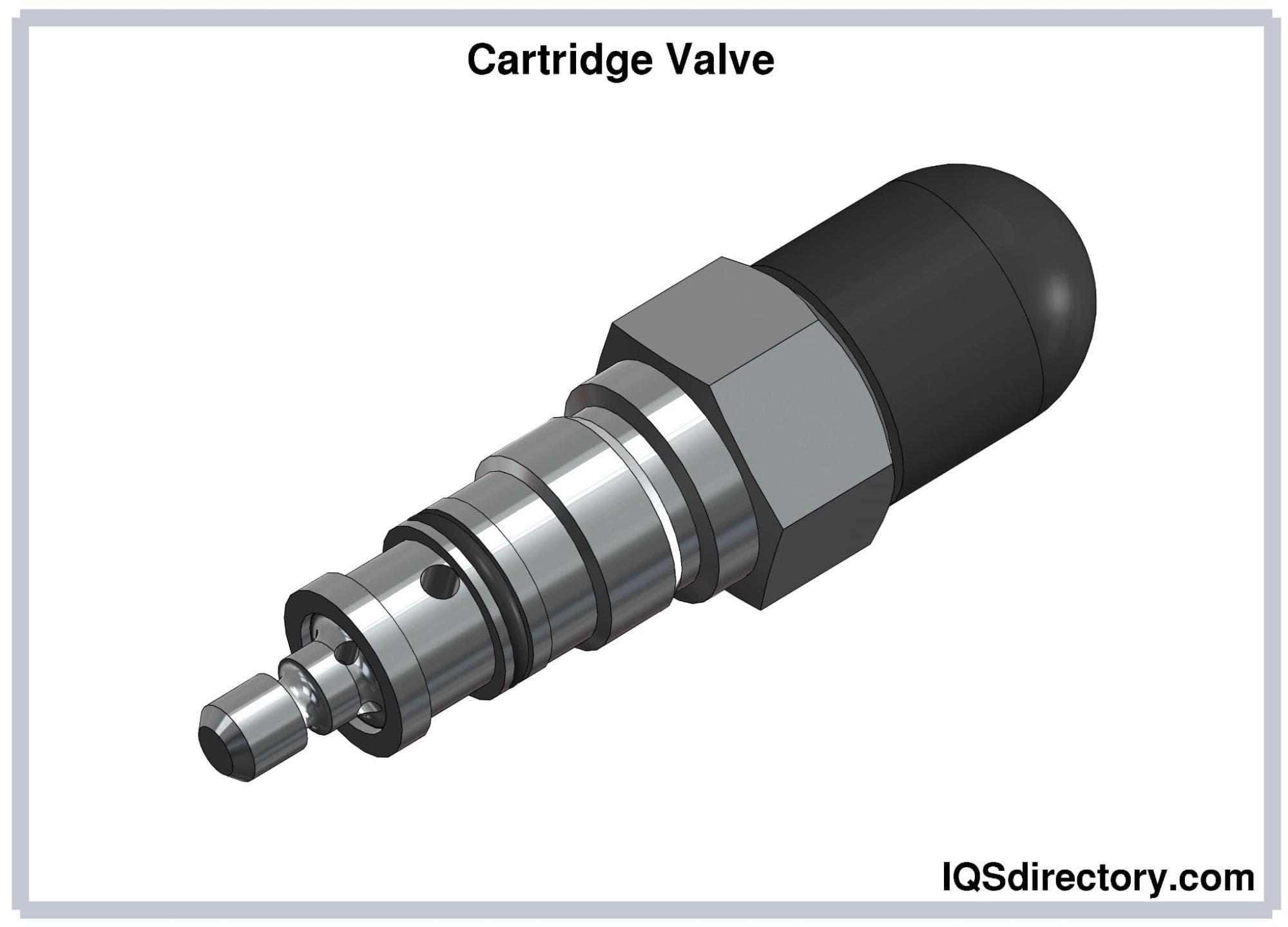
Hydraulic Solenoid Pilot Valves Seated in Metal
Hydraulic solenoid pilot valves of this type include a design that has a balanced internal piloting system enabling the solenoid coil to switch the valve at high pressures, ensuring a leak-tight shutoff. Variations and specific uses of this type of valve include:
- 1000 bar solenoid valves
- 2/2 direct acting solenoid valves
- 500 bar good sealing solenoid valves for severe applications
- 500 bar solenoid valves for general use
- 200 bar solenoid valves that are compact and versatile
- 400 bar solenoid valves for high pressure
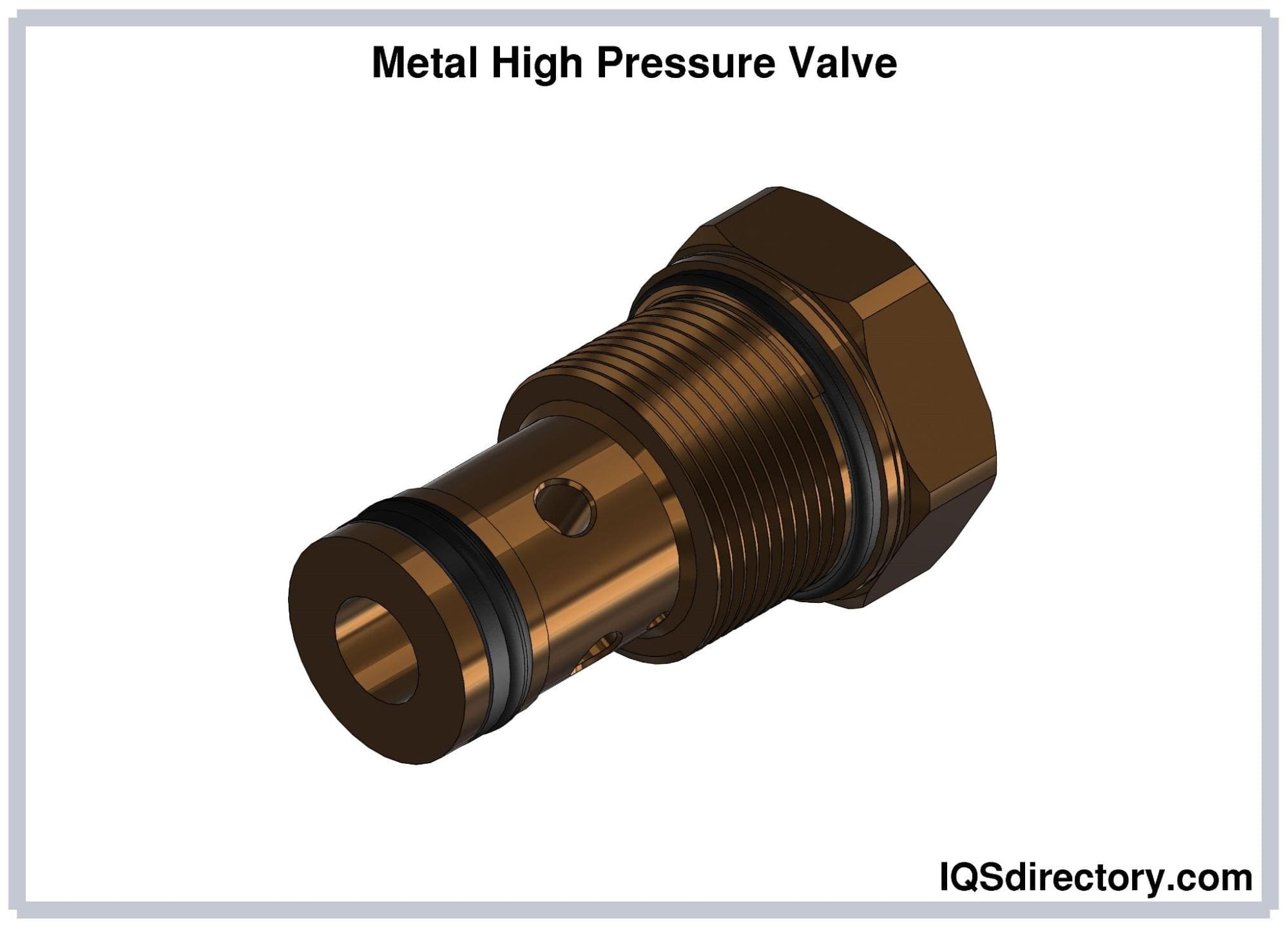
Ball-Seated Hydraulic Solenoid Pilot Valves
These valves provide a leak-tight shutoff, a balanced internal piloting system, a lever mechanism, and ceramic ball design. Low-powered operators can switch these valves at high pressures. The hydraulic interface control, valve's piston design, and ball-seated design guarantee positive control and leak-tight shutoff. These valves are available in various designs for various pressures and ambient temperatures, and can be installed in-line or on a subplate with multi-station manifolds.
Uses for High-Pressure Valves
Several sectors benefit from high-pressure valves and they are are necessary for the uses listed below:
- Water Jet Systems: Water jets employ high-pressure needle valves for cutting.
- Gas and Oil Industry Applications: Ball valves, high-pressure check valves, needle valves, and air-powered valves are used in refineries, wells, pipelines, and offshore oil rigs.
- Food Processing: Globe, pinch, disc, diaphragm, and control valves are essential in food processing activities requiring high pressure involving slurries, liquids, and powders.
- Chemical and Power Plants: High-pressure ball valves, needle valves, air-powered valves, and check valves are used in chemical plants and power plants.
Choosing the Correct High-Pressure Solenoid Valve Supplier
To make sure you have the most beneficial outcome when purchasing high-pressure solenoid valves from a gas solenoid valve supplier, it is important to compare at least 5 suppliers using our list of high-pressure solenoid valve companies. Each high-pressure solenoid valve supplier has a business profile page that highlights their areas of experience and capabilities and a contact form to directly communicate with the supplier for more information or request a quote. Review each high-pressure solenoid valve business website using our patented website previewer to get an idea of what each company specializes in, and then use our simple RFQ form to contact multiple high-pressure solenoid valve companies with the same quote.

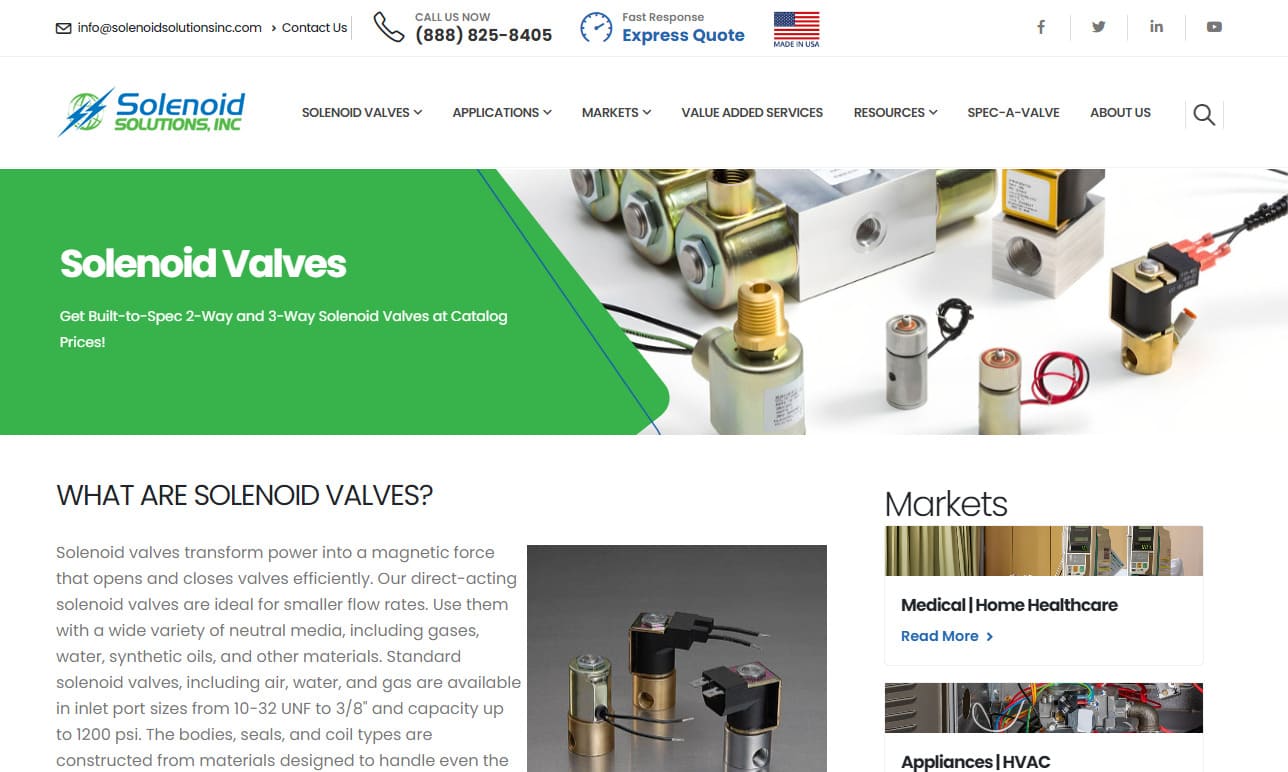
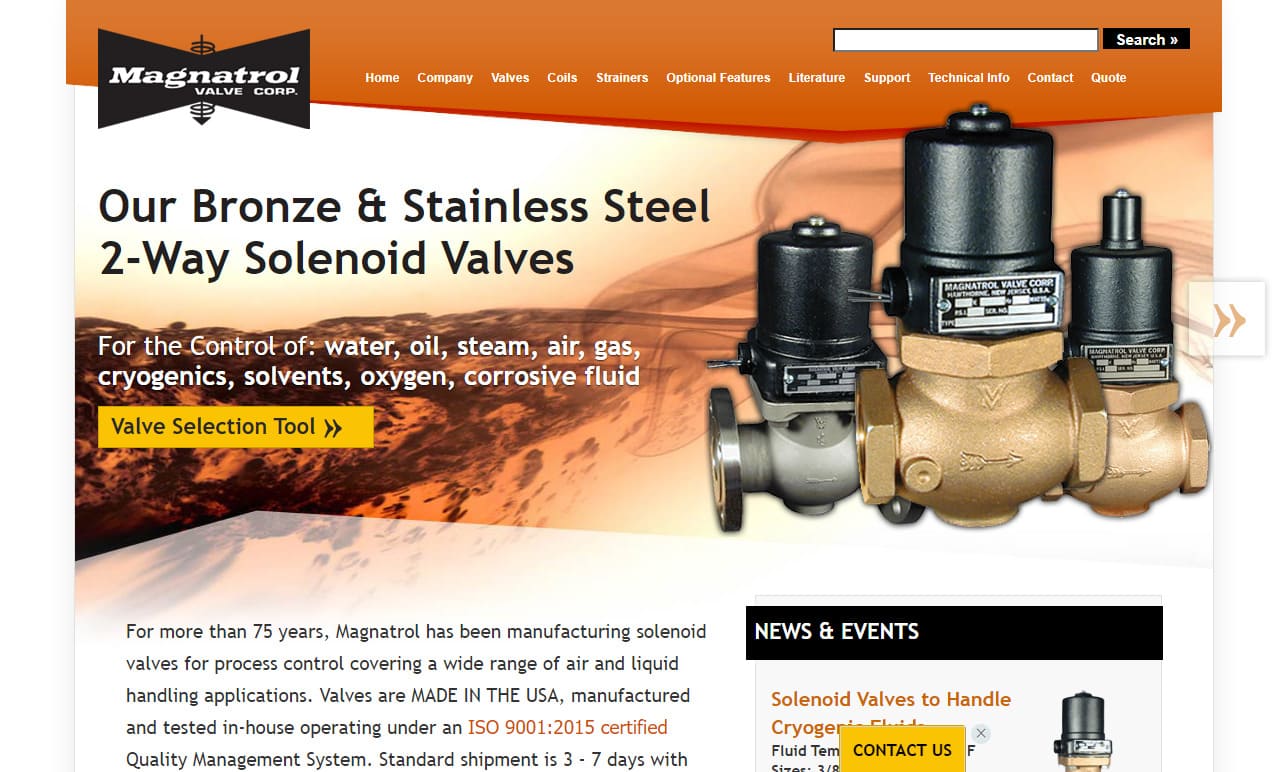

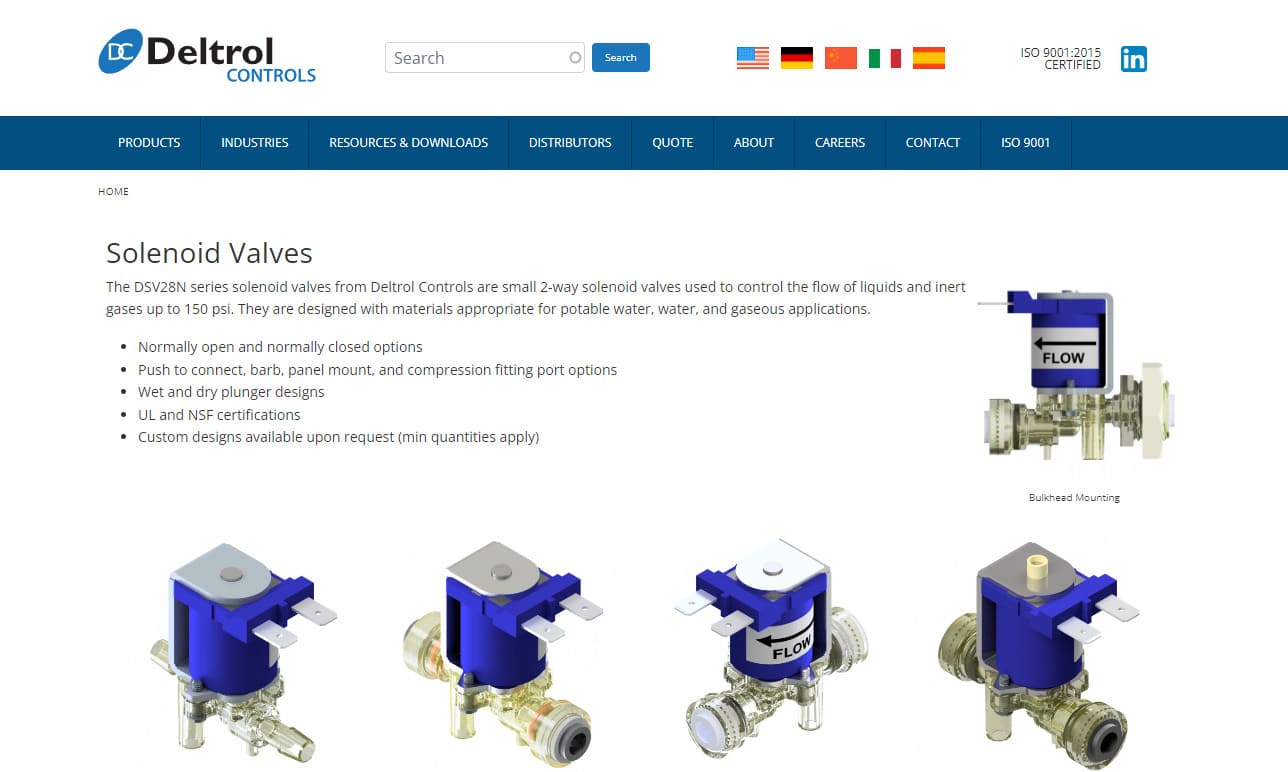
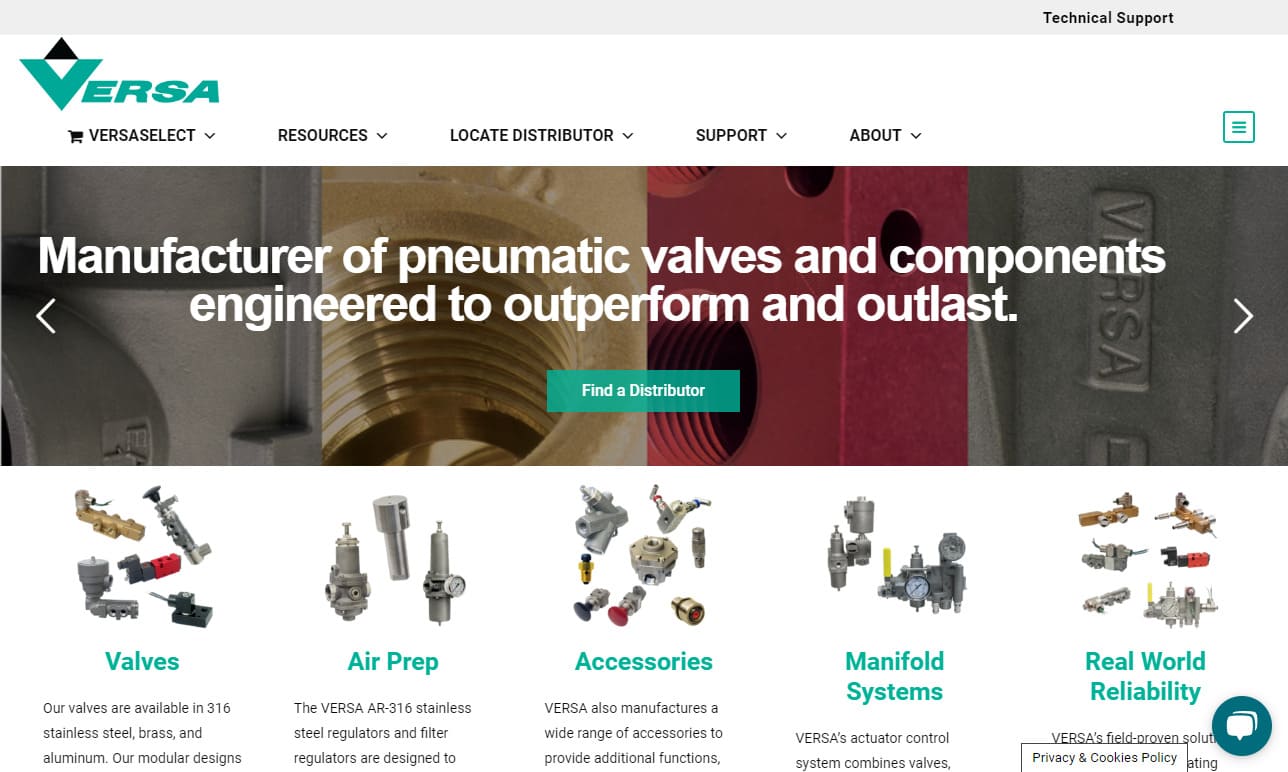
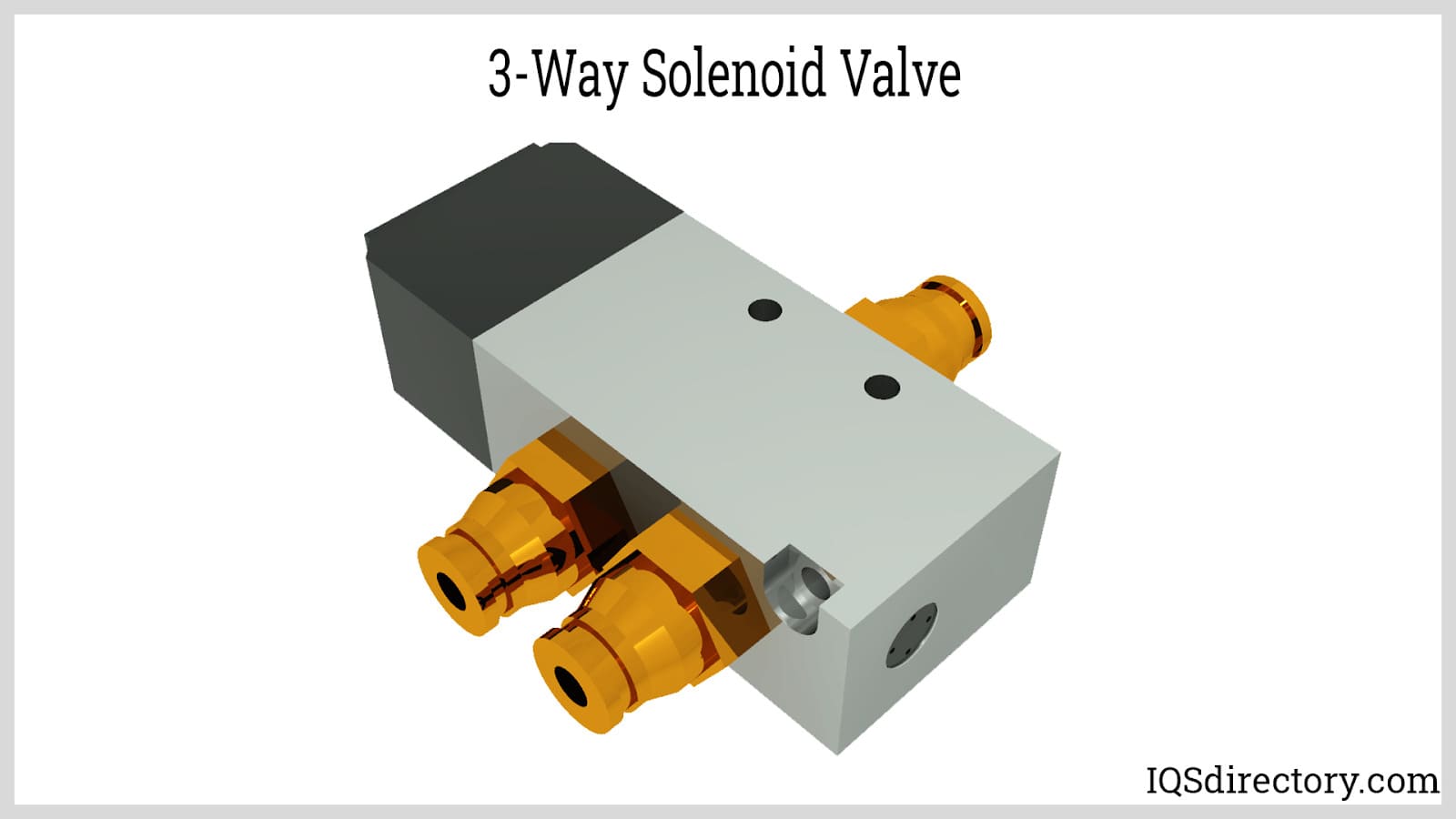
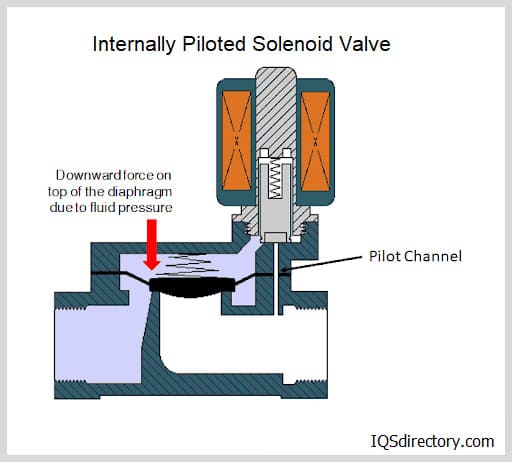
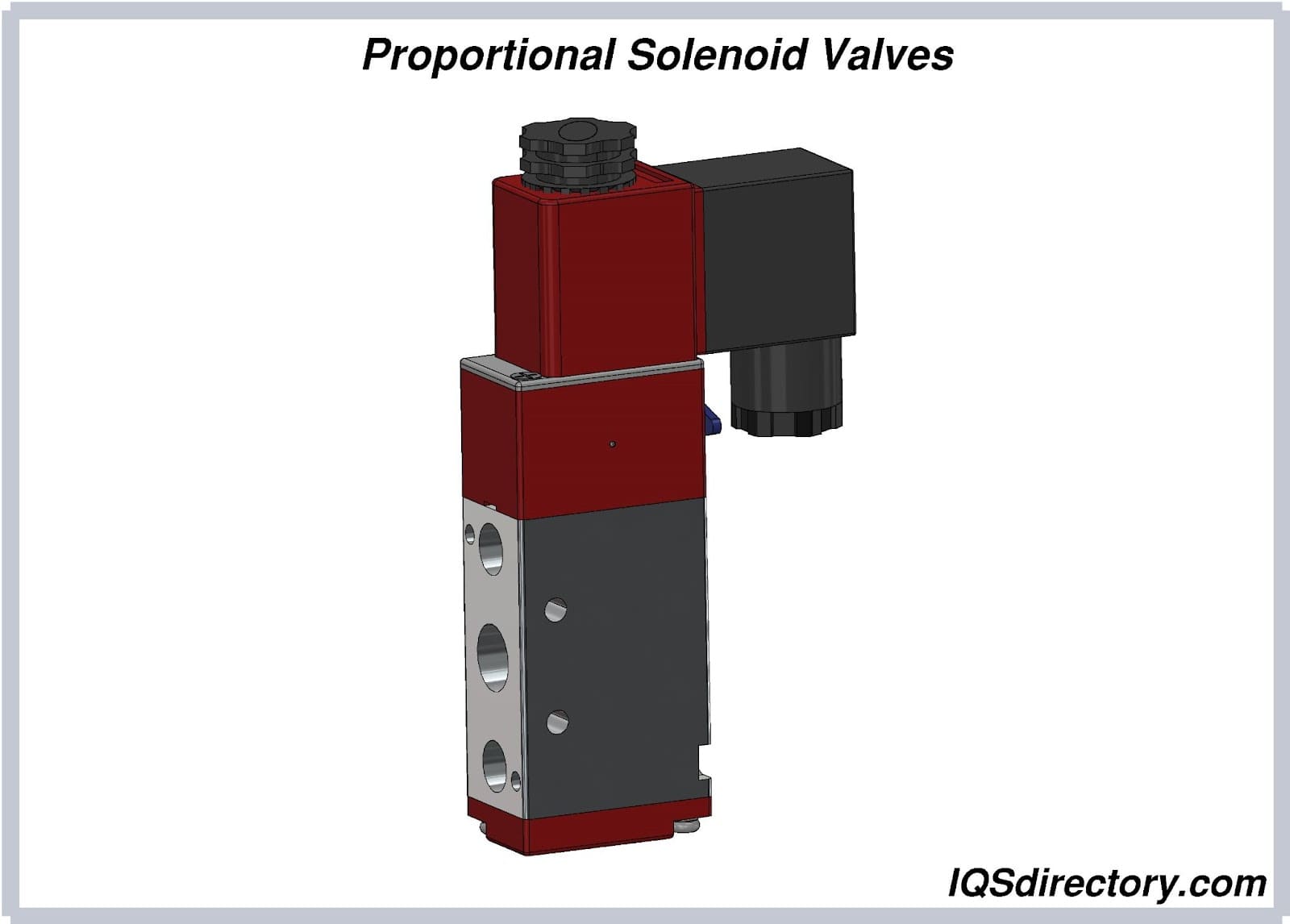
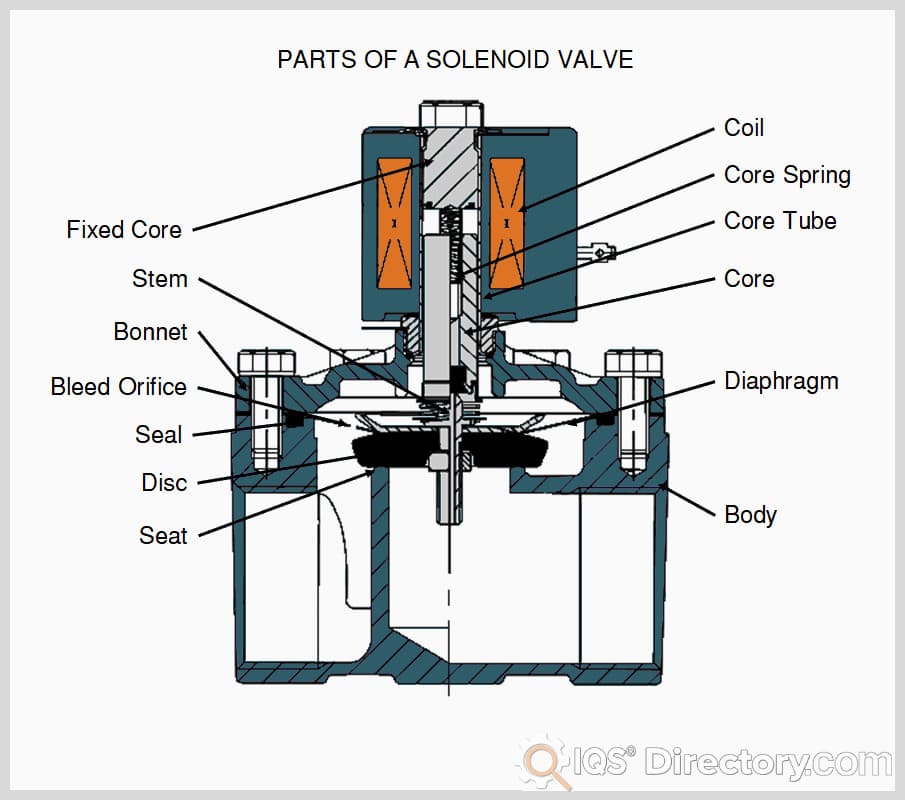
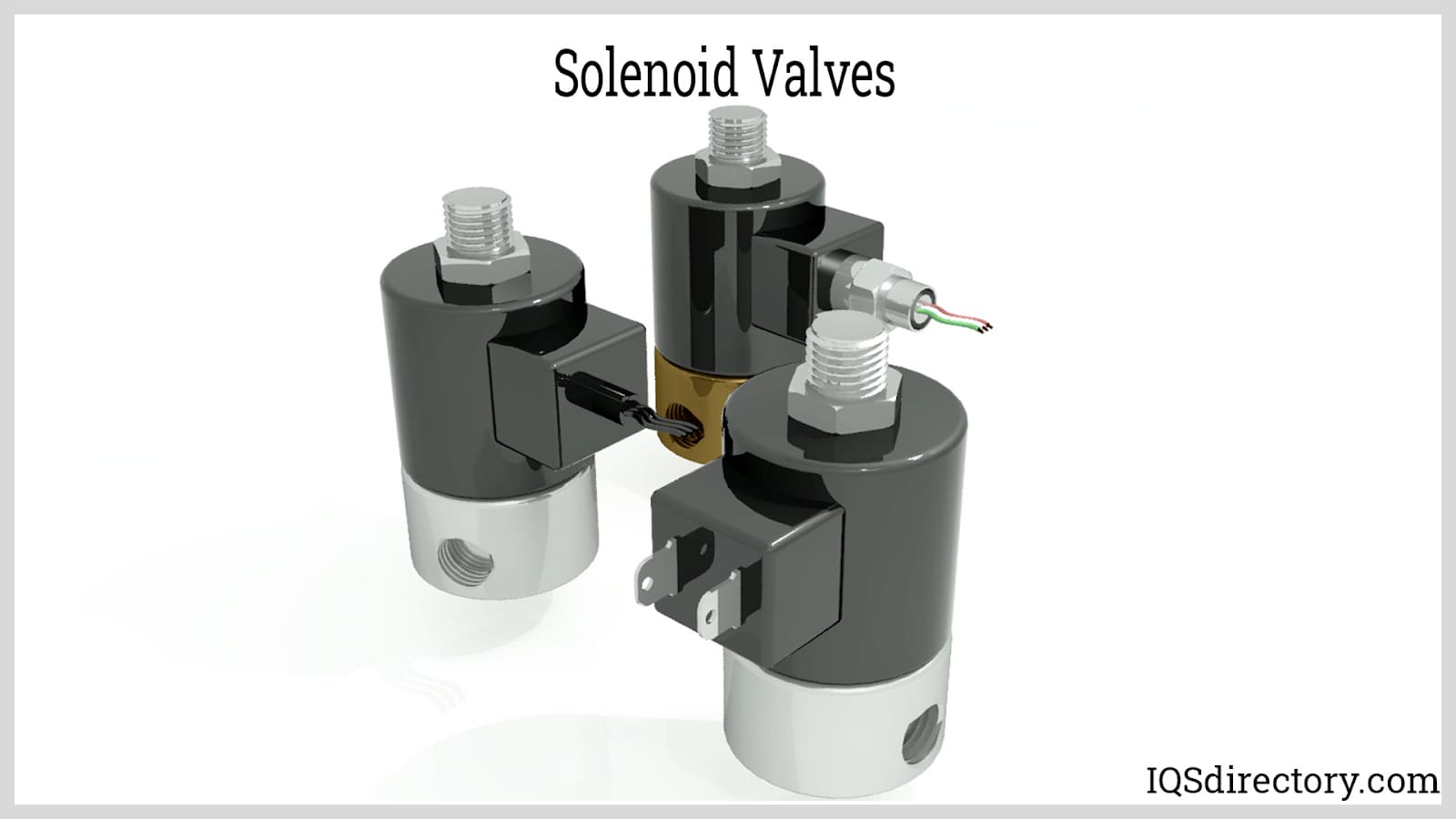
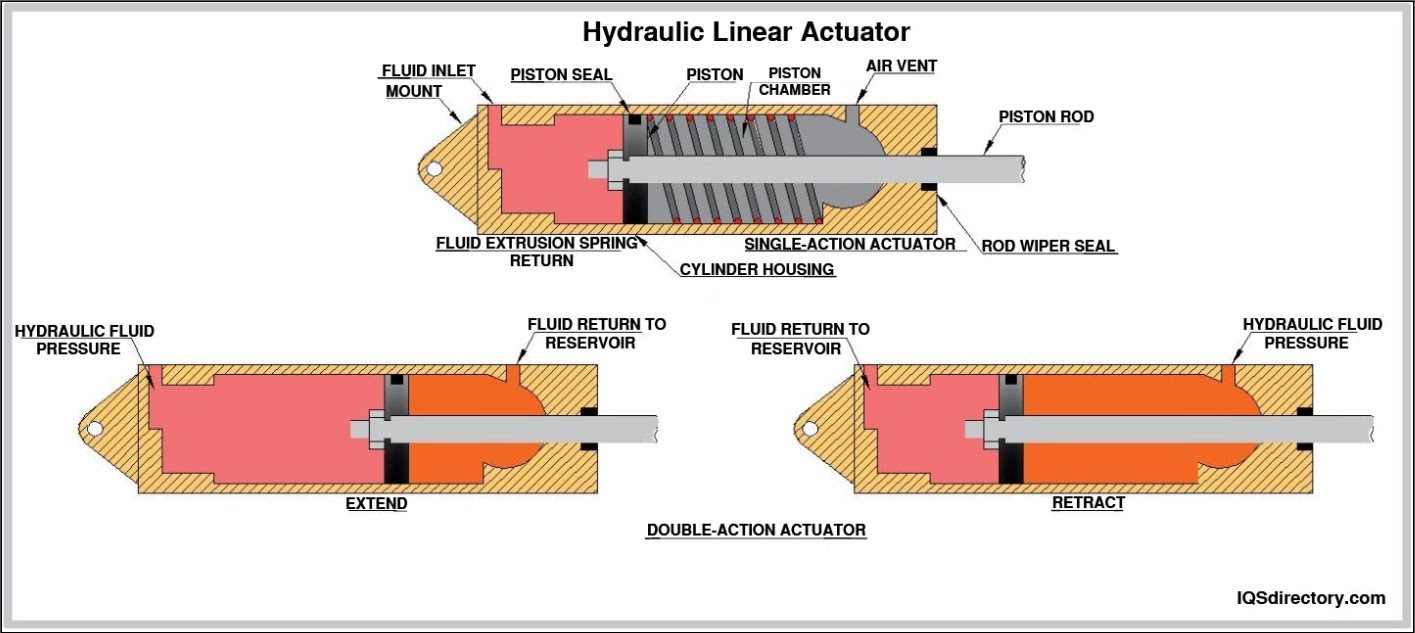
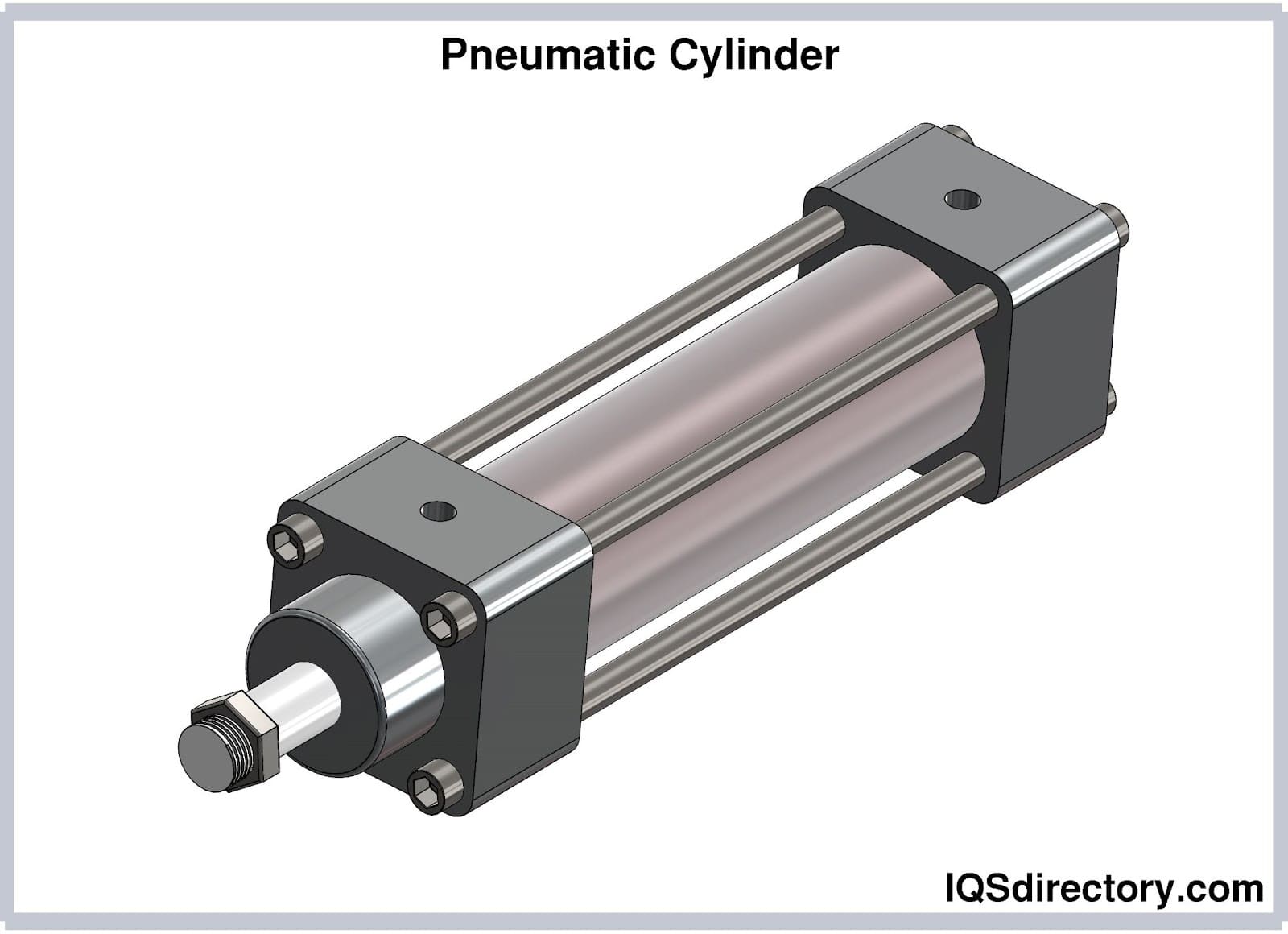
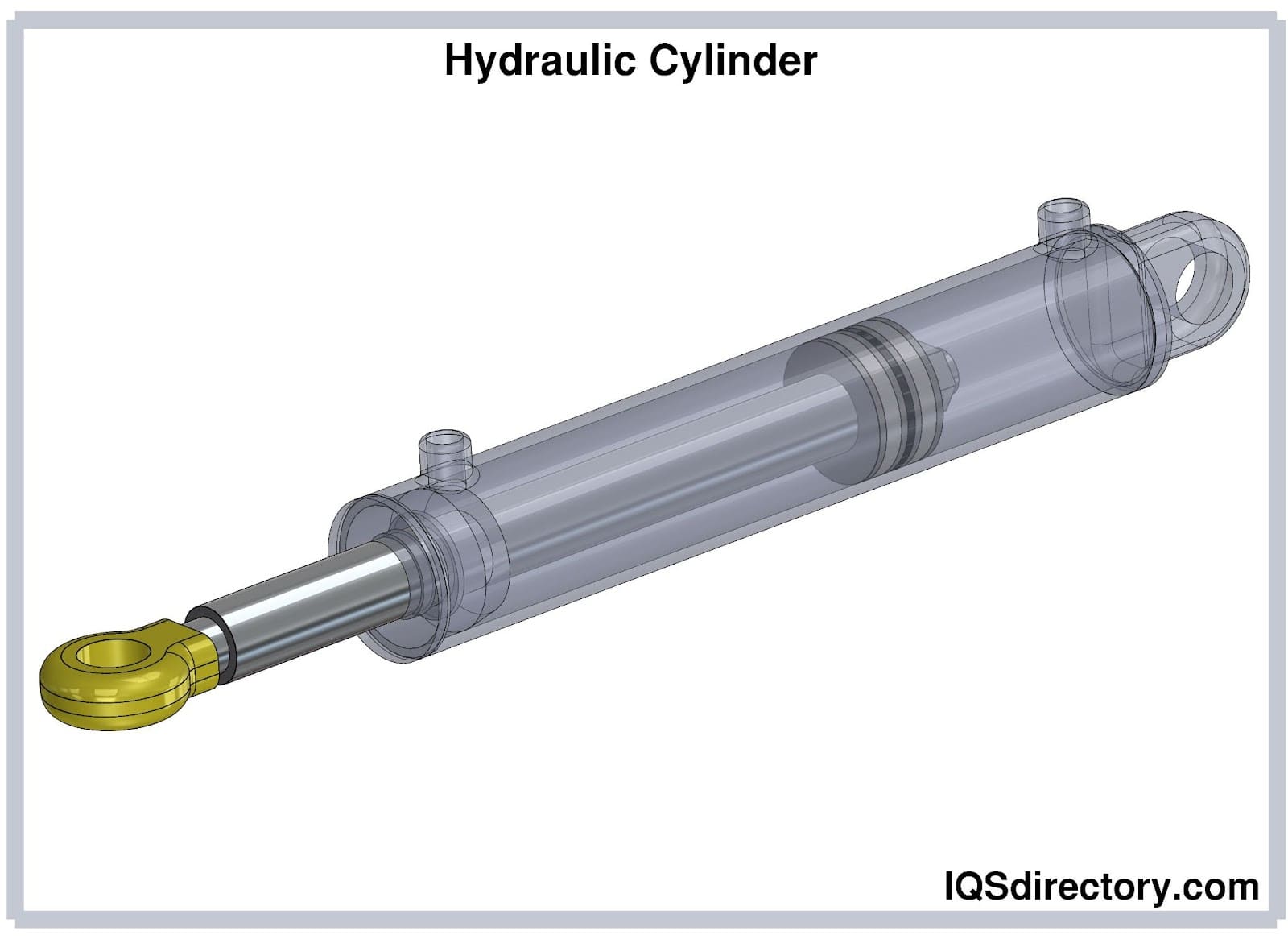
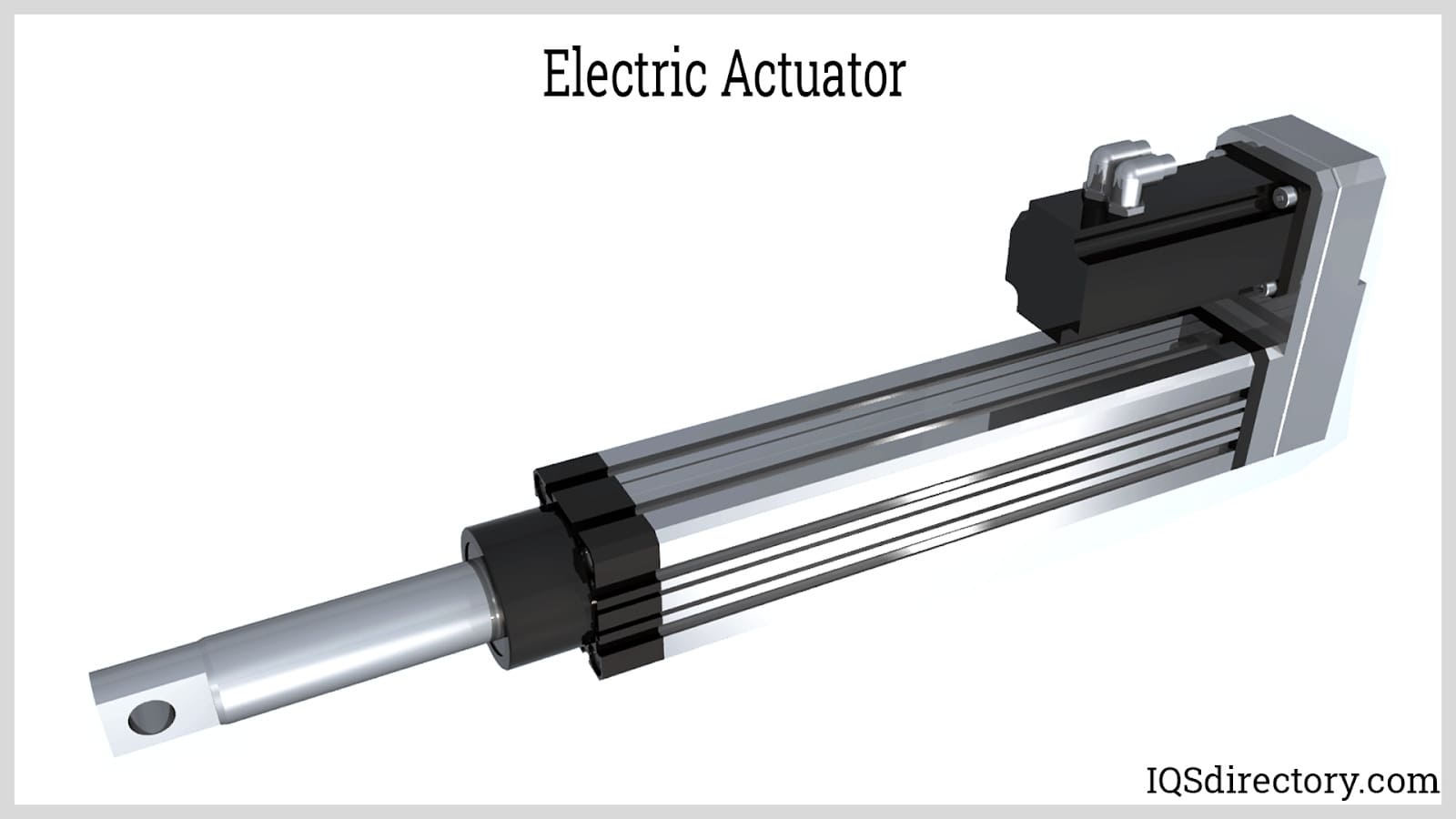
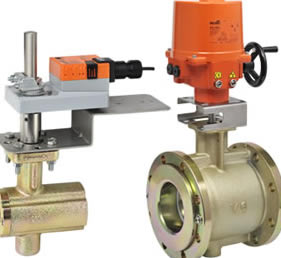 Ball Valves
Ball Valves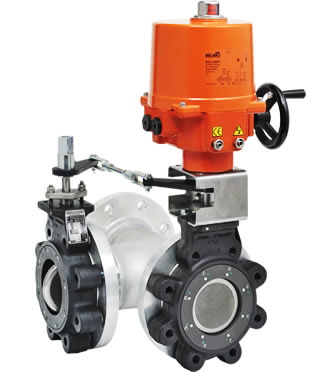 Butterfly Valves
Butterfly Valves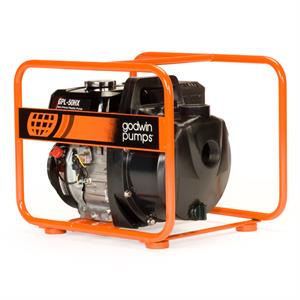 Centrifugal Pumps
Centrifugal Pumps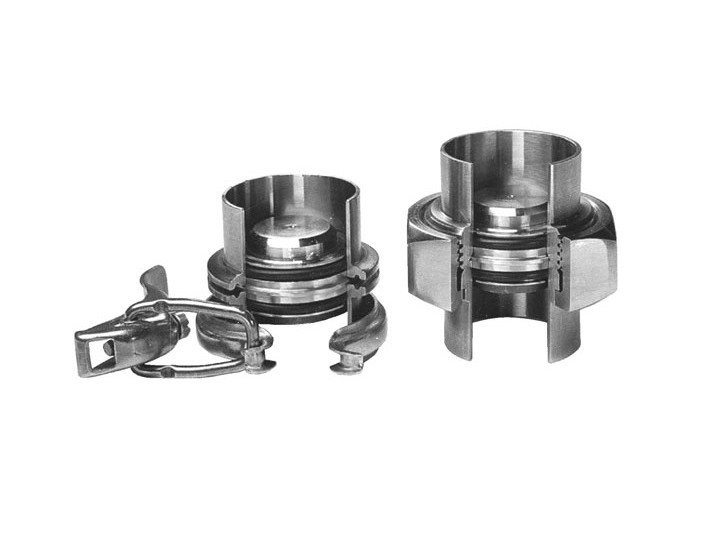 Check Valves
Check Valves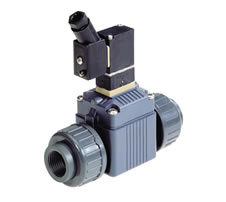 Diaphragm Valves
Diaphragm Valves Flow Meters
Flow Meters Hydraulic Pumps
Hydraulic Pumps Hydraulic Valves
Hydraulic Valves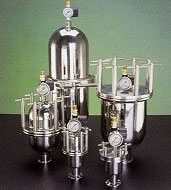 Metering Pumps
Metering Pumps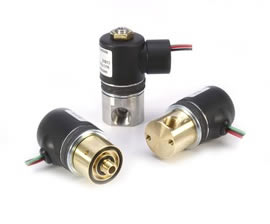 Solenoid Valves
Solenoid Valves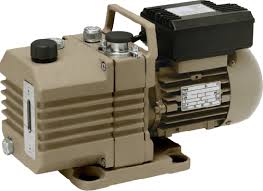 Vacuum Pumps
Vacuum Pumps Castings & Forgings
Castings & Forgings Bulk Material Handling
Bulk Material Handling Electrical & Electronic Components
Electrical & Electronic Components Flow Instrumentation
Flow Instrumentation Hardware
Hardware Material Handling Equipment
Material Handling Equipment Metal Cutting Services
Metal Cutting Services Metal Forming Services
Metal Forming Services Metal Suppliers
Metal Suppliers Motion Control Products
Motion Control Products Plant & Facility Equipment
Plant & Facility Equipment Plant & Facility Supplies
Plant & Facility Supplies Plastic Molding Processes
Plastic Molding Processes Pumps & Valves
Pumps & Valves Recycling Equipment
Recycling Equipment Rubber Products & Services
Rubber Products & Services